Visit the Jungle
There are several options for visiting the jungle near Cusco, Peru. You can travel overland or by plane to the Amazon Rainforest, located about 350 km east of Cusco. Here you can see the Amazonian wildlife, such as monkeys, parrots, river dolphins, and caiman. Visitors can explore the jungle on guided Amazon tours, which typically include stays in jungle lodges or camping in the jungle.
One popular destination is the Manu National Park. The park is a UNESCO World Heritage site and is known for its biodiversity and stunning landscapes. Visitors can explore the park on guided tours and see a variety of flora and fauna, including monkeys, parrots, and jaguars.
Another option is the Tambopata National Reserve, known for its diverse wildlife and its biodiversity; it's also possible to see some of the most beautiful birds in the world. Visitors can explore the reserve on guided tours and see a variety of flora and fauna, including monkeys, parrots, and macaws.
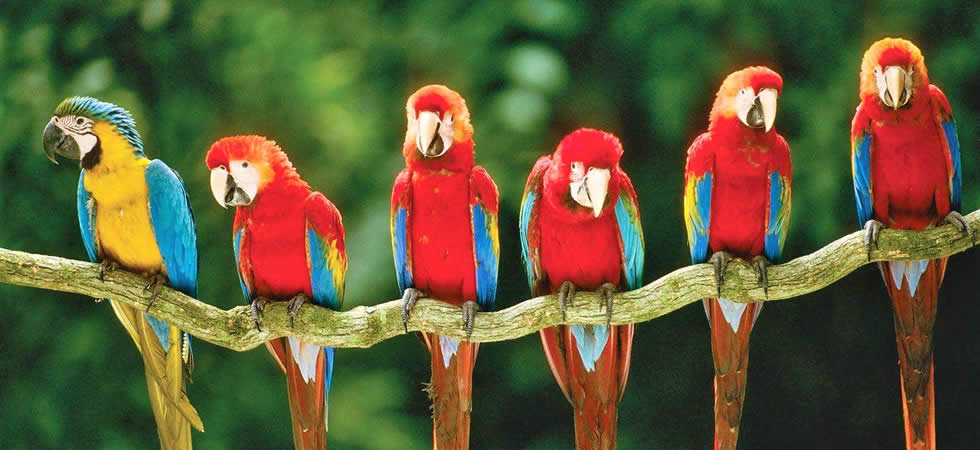
Amazon Tours in Peru
Tambopata National Reserve
Tambopata National Reserve is a protected area located in the Amazon Rainforest region of Peru, known for its diverse wildlife and stunning landscapes, making it a popular destination for ecotourism and nature enthusiasts.
One of the main activities to do in Tambopata is wildlife viewing. The reserve is home to a variety of species, including monkeys, parrots, macaws, river dolphins, and caiman. There are different tours to choose from as there are different tour operators and jungle lodges. Boat trips on the Tambopata River which is a great way to see the wildlife and explore the reserve.
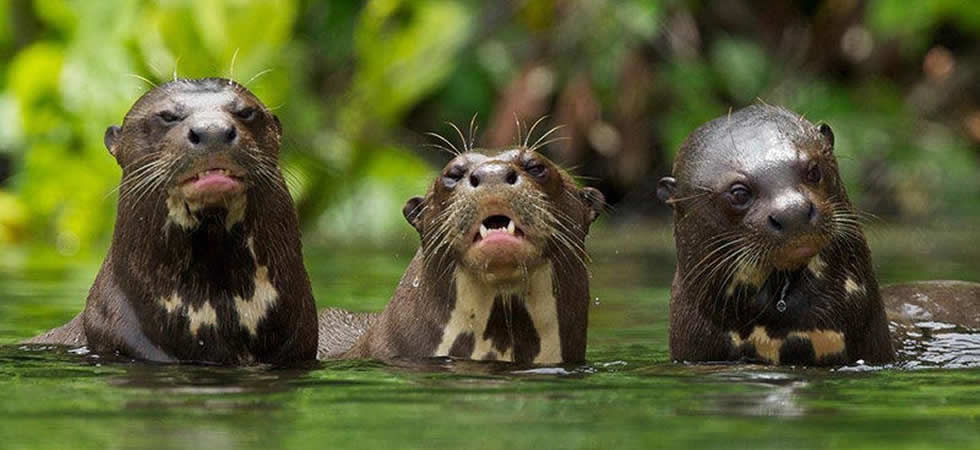
Tour Tambopata Giant Otter
Another popular activity in Tambopata is birdwatching: there are 600 species of birds, including the Harpy eagle, the Hoatzin, and the Red-and-green macaw, all in their natural habitats. Some Amazon tours include a visit to nearby indigenous communities too; those communities have preserved their traditional ways of life, such as fishing, hunting, and agriculture and you can learn about their customs and beliefs and have a glimpse of their daily life.
To get to Tambopata, visitors can take a flight to Puerto Maldonado; if you have booked a tour, you will be picked up at the airport.
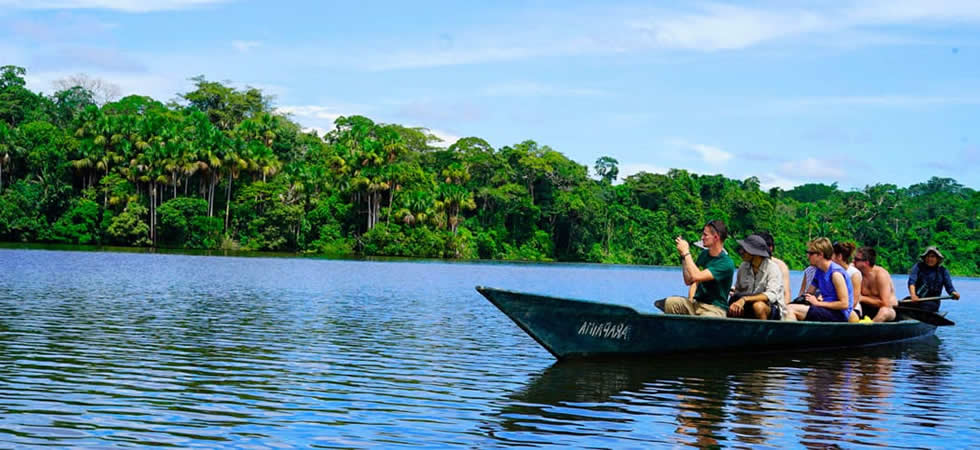
Tour Tambopata Peru
Manu National Park
Manu National Park has been a UNESCO World Heritage site since 1987. It is known for its biodiversity and stunning landscapes, making it a popular destination for ecotourism and nature enthusiasts.
The Manu National Park is divided into three zones. The "core zone" is only accessible to scientists and researchers; the "reserved zone" is only accessible to a limited number of tour operators and their groups of tourists. Finally, there is the "cultural zone," which is openly accessible and where local people live in small villages. The chances of seeing exotic wildlife are far higher in the reserved zone than in the cultural zone. A tour into the reserved zone takes a minimum of 6 or 7 days, while tours to the cultural zone last 4 to 5 days. The park has no roads; the only way to get around is by boat. The Manu River and the Madre de Dios River form the southern and eastern borders of the reserve.
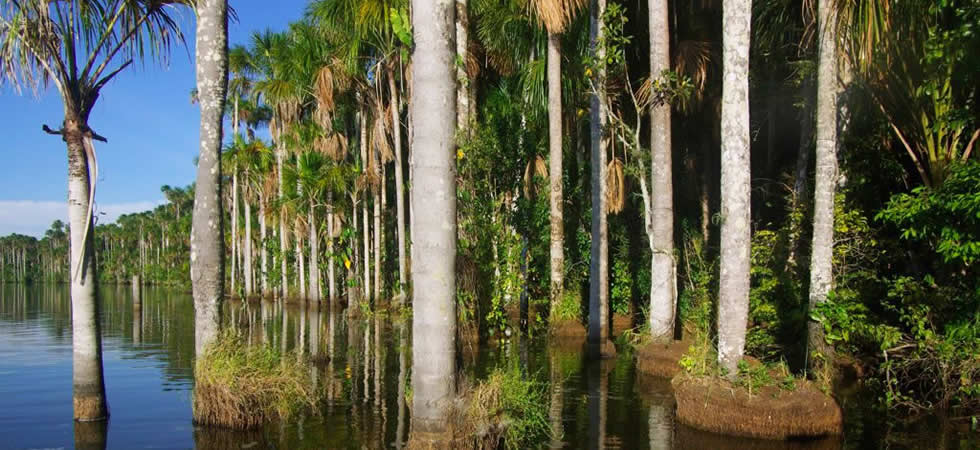
Amazon Tours Lake Sandoval
One of the main activities for tourists in Manu is wildlife viewing. The park is home to a variety of species, including monkeys, parrots, macaws, jaguars, caiman, monkeys, and tapirs. In addition, there are over 1000 species of birds, including the Harpy eagle, the Hoatzin and the Red-and-green macaw, and the spectacular Cock of the Rocks, considered by many to be the national bird of Peru.
The Manu Biosphere Reserve has a high cultural diversity, too; within the park, there are at least six different languages and diverse kinship systems. It is also possible to observe it in the various tasks and activities of groups of farmers, hunters, and gatherers who produce technologies and handicrafts typical of the area, such as Yine ceramics, or Harakbut arrows or the baskets from the Matisguenka people.
The Machiguengas form a local tribe of nomadic people and a member of an indigenous hunter-gatherer people of the Amazon Basin. Their main crop grown is cassava, and their main protein is a small rodent called paca. During the dry season, they also use fishing to supplement their dietary protein. Their primary language is Machiguenga, an Arawakan language of South America.
Explore Manu on one guided tour, a great way to see the wildlife and explore the park. You can only reach Manu overland, preferably by transport organized by your tour operator.
When taking a rainforest tour in Cusco, be prepared for the hot and humid weather. Bring appropriate gear such as long-sleeved shirts and pants, insect repellent, and sturdy boots. In some cases, malaria pills and a yellow fever shot are needed.
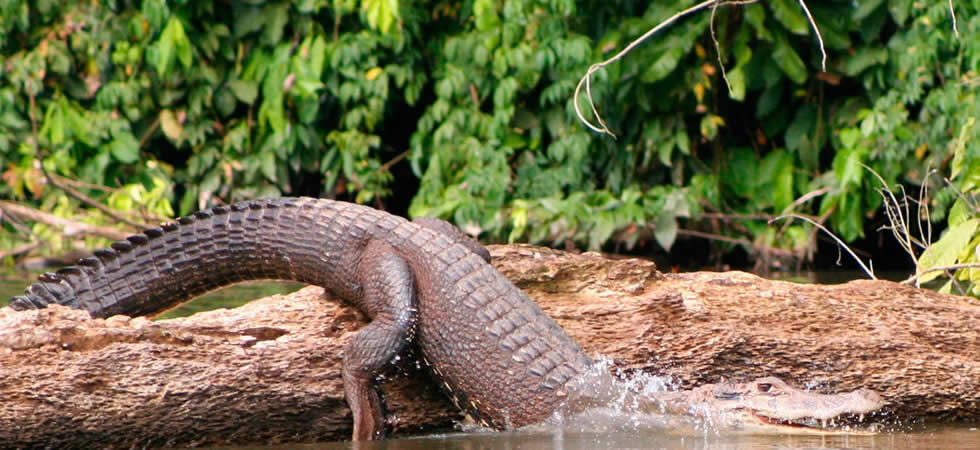
Manu National Park